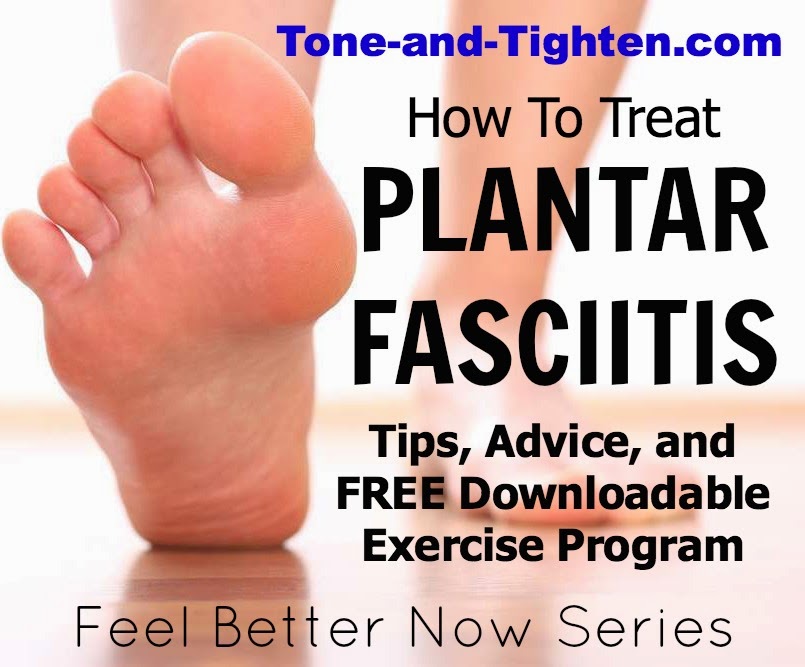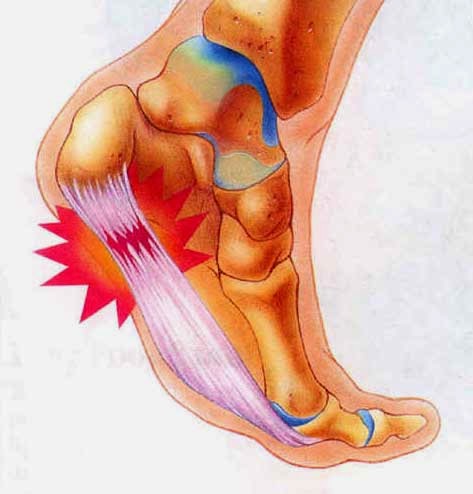Heel pain. If it’s something that you’ve never encountered before let’s pray that you never do. If it’s something that you have had in the past, let’s pray that it never comes back. If it’s something that you’re currently experiencing, my heart truly does go out to you! Plantar fasciitis is, in my opinion, one of the most difficult, debilitating injuries to have. You never realize how much you use your feet until every step hurts. As a physical therapist, this is a condition that I encounter daily. Fortunately, there is a lot that you can do about it! In today’s “Feel Better Now” series we’re going to be discussing plantar fasciitis – what is it, why it’s there, and (most importantly) what you can do about it to Feel Better Now.
Why is it there? Given all these functions the plantar fascia is usually under a fair amount of stress. Plantar fasciitis occurs when this ligament is placed under too much stress/strain (usually right at the place where the plantar fascia attaches into the heel) and initiates
an inflammatory response. (Random nuggets of knowledge – Anytime you hear the suffix “-itis” on the end of a word that means inflammation. Tendinitis = inflammation of the tendon; bronchitis = inflammation of the bronchioles/airways; dermatitis = inflammation of the skin; etc.). Now don’t get me wrong, inflammation is a good thing. Without this response our body would never recognize that it was injured and therefore never heal itself. However, inflammation can be a real pain in the foot (literally) if it develops into a chronic state (lasting >2 weeks). This is when things can really start to be a problem as no longer are we just dealing with an acute inflammatory response. All of a sudden the problem has developed into that we would call plantar fasciosis.
Make it happen,
Jared




